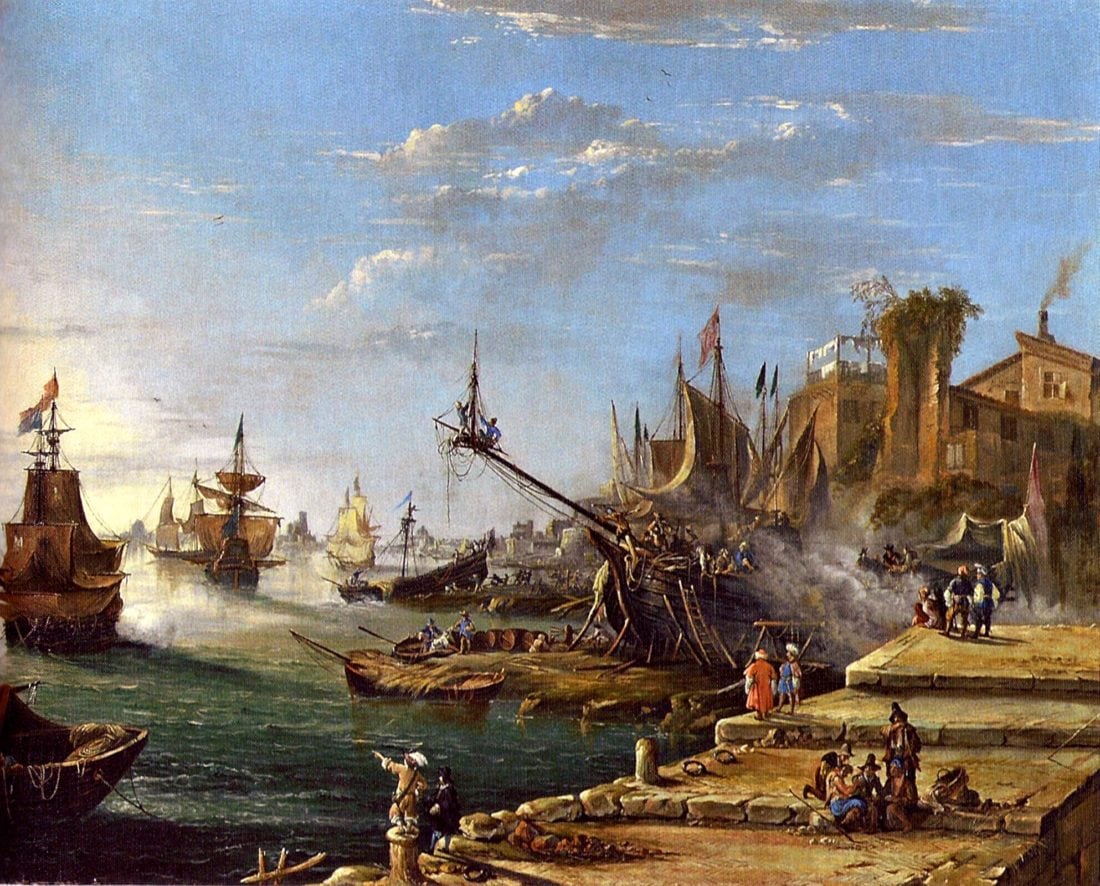Key Takeaways
- Figurative art is representational, drawing from real-world sources to create recognizable forms.
- It contrasts with abstract art, which may not depict real-world elements directly.
- Figurative art’s evolution spans from idealized forms in ancient times to more realistic representations influenced by observation and mimesis.
- The genre includes various forms like history painting, landscape, and still life, each embodying the principles of figurative representation.
- Notable shifts in figurative art occurred during the Renaissance, leading to more naturalistic depictions and influencing various art movements through the centuries.
Imagine stepping into a world where every brushstroke tells a story, every sculpture breathes life, and every canvas whispers secrets of the past. This is the realm of figurative art, a genre where the echoes of reality are captured and reimagined through the artist’s lens. As I delve into this fascinating world, I invite you to join me on a journey through time, exploring the intricate dance between realism and abstraction, and how this timeless art form continues to captivate our hearts and minds.
I recall my first encounter with figurative art, standing awestruck in front of a masterpiece that seemed to freeze time itself. It was a vivid landscape, teeming with life and detail, where every element told its own tale. This experience ignited a passion in me to explore the depths of figurative art, leading me to unearth its rich history and evolution.
Figurative art, or figurativism, is like a bridge connecting the real world to the canvas, where artists draw inspiration from tangible objects and beings. Unlike its abstract counterpart, figurative art thrives on clear references to the visible world, creating a tangible connection with the viewer. From the delicate contours of a human figure to the subtle play of light and shadow in a landscape, this art form is a celebration of perceptible reality.
Tracing its roots back to ancient civilizations, figurative art has undergone a remarkable transformation. Initially dominated by idealized and geometric forms, as seen in Greek antiquity, it gradually embraced more realistic and observational methods. This shift was not merely a change in technique but a revolution in perception, emphasizing the role of mimesis—imitating life to create art.
The Renaissance marked a pivotal moment in this evolution, with artists like Giorgione bringing the human form, particularly the female nude, into the spotlight. This era fostered a harmonious blend of idealism and realism, setting the stage for future art movements. As I journeyed through the corridors of history, I marveled at how each period, from Mannerism to Neoclassicism and beyond, contributed unique strokes to the canvas of figurative art.
Delving into the 19th and 20th centuries, I witnessed the genre’s boundaries expand, embracing the complexities of human experience and the subtleties of the natural world. Artists like Courbet and Manet challenged conventional norms, infusing realism with a fresh, raw perspective. This era was a testament to the genre’s adaptability and enduring appeal, showcasing a diversity that spans from serene landscapes to intense emotional narratives.
One can’t help but be mesmerized by the sheer variety within figurative art, from the intimate detail of a still life to the grandeur of a historical scene. Each form, be it painting, sculpture, or architecture, serves as a vessel for storytelling, conveying emotions and ideas that resonate across time and culture.
As I reflect on my explorations, I realize that figurative art is more than just a representation of the visible world. It’s a mirror to our collective soul, a dialogue between the artist and the viewer that transcends the confines of time and space. Whether it’s the serene beauty of a landscape or the intense gaze in a portrait, figurative art invites us to pause, ponder, and connect with the myriad stories woven into its fabric.
In this dance of light, shadow, and form, figurative art continues to evolve, embracing new perspectives while honoring its rich legacy. It stands as a testament to the human capacity for creativity and expression, offering a window into the vast spectrum of our experiences and emotions.
FAQs
- What defines figurative art?
Figurative art is characterized by its representation of real-world elements, drawing from observable sources to create recognizable forms and narratives. - How does figurative art differ from abstract art?
While figurative art focuses on realistic and recognizable depictions of objects and figures, abstract art emphasizes non-representational forms, often detaching from direct references to the visible world. - What are the historical origins of figurative art?
Figurative art dates back to ancient times, with early examples showing idealized forms. It evolved significantly during the Renaissance, where observation and realism gained prominence. - Can figurative art include landscapes and still lifes, or is it just about human figures?
Figurative art encompasses a broad range of subjects, including human figures, animals, landscapes, and still lifes, all depicted in a realistic or representational manner. - How has figurative art evolved over the centuries?
Figurative art has evolved from idealized representations in ancient times to more realistic depictions, influenced by changes in artistic techniques, cultural shifts, and advancements in understanding perspective and human anatomy.





